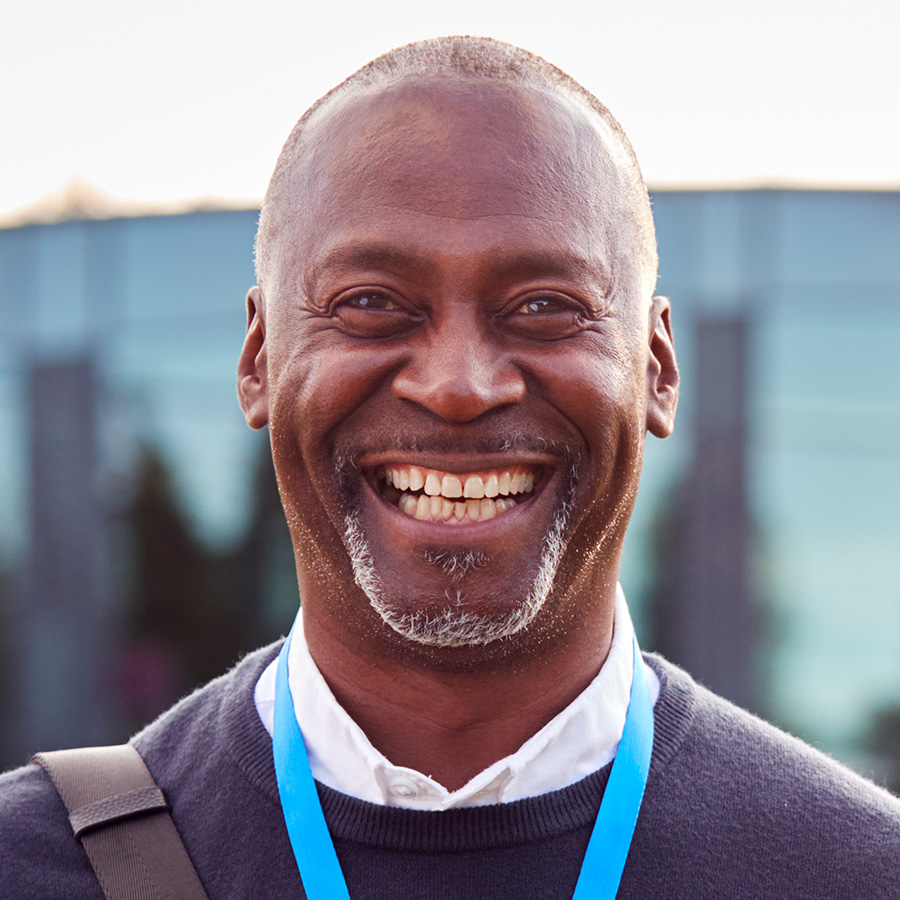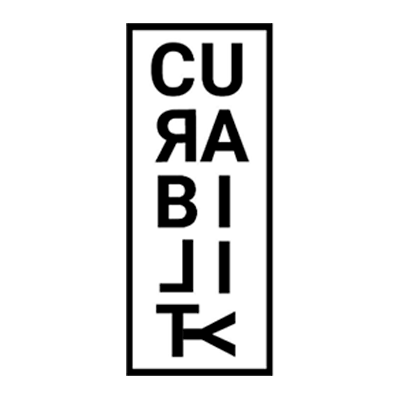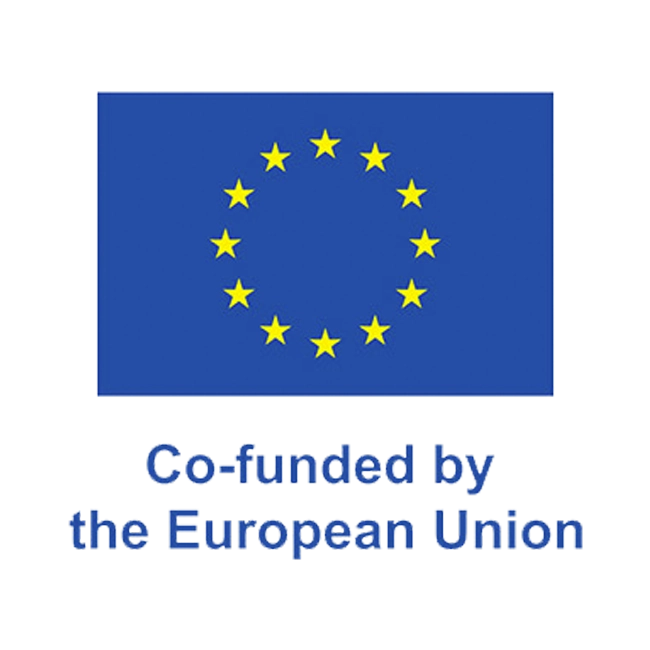


1982, the United Nations “Year of Persons with Disabilities”, is a landmark year for cultural accessibility for people with disabilities. A number of groundbreaking projects emerged during this period, but the road to cultural accessibility was always bumpy. We cannot speak of “significant improvements” in access to museums, for example for the deaf, when only a handful of museums in each country provide very limited information in sign language. Few efforts are made to make the best of the world’s fabulous cultural collections accessible to people with a disability.
European cultural heritage plays an important role in shaping the future of the EU. This project aims to reach out to people with disabilities (PWDs) to improve their access to culture, as well as to current and future staff of museums, galleries, etc. Professionals working in museums and galleries are not equipped with the knowledge and experience to make their environments more engaging and accessible.
TARGET GROUPS:
Art & Culture lovers with disabilities
Cultural professionals
Persons with disabilities
Other stakeholders, such as media, decision-makers and certification bodies
Help museums to better understand the needs of visitors with disabilities and implement the necessary changes and improvements in the environment and attitude;
Share best practises to improve the skills and competences of cultural institutions and students to work with people with disabilities in order to improve their access to cultural heritage;
Build collaborative partnerships between all stakeholders;
Propose innovative accessibility solutions that enable people with disabilities to fully enjoy cultural heritage;
Involve people with disabilities as advisors, co-designers and evaluators of proposed accessibility solutions;
Develop pilot projects that can serve as inspiration for other stakeholders;
Lead by example, raise awareness, stimulate ideas, and invite others to act.
Museums as role models
Webinars for accessible curators
The curability community of practice: a platform containing teaching & learning material regarding cultural accessibility
The cultural VADEVECUM

Lorem ipsum dolor sit amet, consectetur adipiscing elit. Vivamus gravida sem odio. Proin volutpat tincidunt rutrum. Maecenas ac arcu purus. Cras suscipit posuere metus quis condimentum praesent euismod sem quis



We are a non-profit organisation based in Reus (Catalonia, Spain) that aims to help young people and adults get involved in youth work to participate in European programmes.

This website uses cookies and/or similar technologies that store and retrieve information when you browse. In general, these technologies can serve various purposes, such as recognizing you as a user, obtaining information about your browsing habits, or customizing how content is displayed.